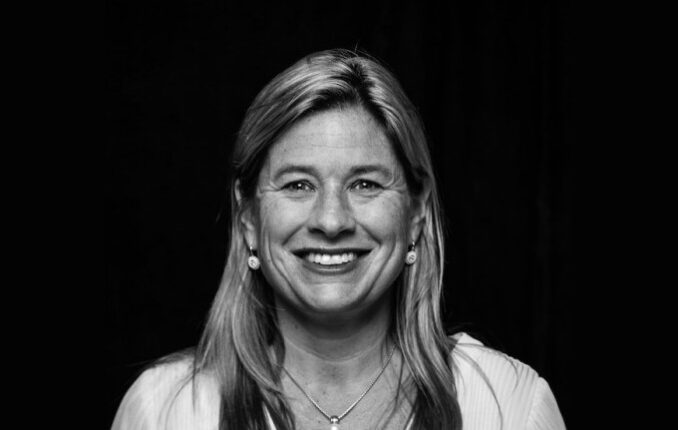We speak with Lianne Buck, former Head of Infrastructure of TCorp and Director of Melbourne Airport, about how the airport sector will cope with the turmoil caused by the coronavirus pandemic.
Register to Access this Exclusive [i3] Insights Article
Create a free account to access exclusive interviews with asset owners, revealing insights on investment strategies, market trends, and portfolio allocations.
If you already have an account you can Login .
If you have any issues registering an account please send us an email at [email protected].

